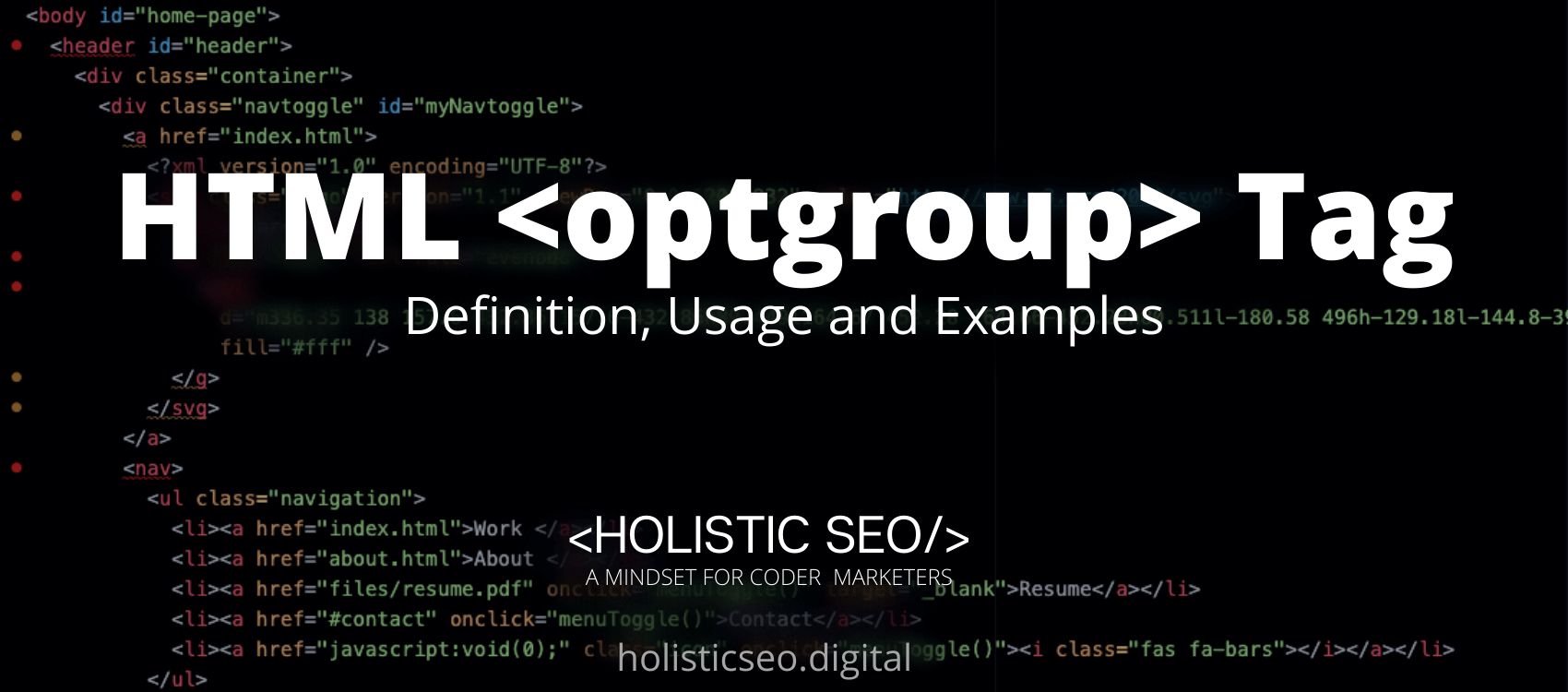The <meter> HTML Tag specifies either a scalar value within a specified range or a fractional value. The <meter> HTML Tag, often known as a gauge, can be used to represent disk use, the relevancy of a query result, the fraction of a voting populace that chose a certain candidate, or the amount raised during fundraising efforts. The <meter> HTML Tag is used to indicate a range. This element should not be used to indicate a single number, such as the number of children someone has, unless there is a defined maximum. The <meter> HTML Tag is part of the formatting tags category in HTML Element Reference. The attributes of the <meter> HTML Tag are form, high, low, max, min, optimum, value, global and event attributes.
<meter> code block example to learn how it works is given below.
<meter value="30">30 Km</meter>or
<meter min="0" max="100" value="68"></meter>The second example usage of the “<meter>” code block example is below.
<p>Phone Battery: <meter low="15" max="100" value="11">11%</meter></p>What is a <meter> HTML Tag?
The <meter> HTML Tag is used to specify a measurement scale with a well-defined range and also allows fractional values. It is also referred to as a gauge. The <meter> HTML Tag is used in a variety of places, including disk use, query result relevance, and so on. It should be noted that the <meter> HTML Tag should not be used to indicate progress. The <progress> tag is used to create progress bars.
How to Use <meter> HTML Tag?
To use the <meter> HTML Tag, the site developer should write <meter></meter> with any material between the start and end tags in <meter></meter>. Six attributes can be used to specify the gauge’s semantics. These are the following: minimum, maximum, low, high, optimum, and value.
Example Usage of <meter> HTML Tag?
The following examples of usage of <meter> HTML Tag is given below.
<p>Attendance: <meter low="100" high="450" min="0" max="600" value="240" title="Attendance">240 Attendance</meter></p>What are the Attributes of <meter> HTML Tag?
There are multiple attributes for the <meter> HTML Tag. The following attributes are listed below.
- form attributes: The <meter> HTML Tag supports form attributes. The form attributes of the <meter> HTML Tag specify which form it belongs to.
- high attributes: The <meter> HTML Tag supports high attributes. The high attributes define the range of values that are considered to be high.
- low attributes: The <meter> HTML Tag supports low attributes. The low attributes define the range of values that are considered to be low.
- max attributes: The <meter> HTML Tag supports max attributes. The max attribute is used to provide the range’s maximum value.
- min attributes: The <meter> HTML Tag supports min attributes. The range’s minimum value is specified by the min attribute. 0 is the initial value.
- optimum attributes: The <meter> HTML Tag supports optimum attributes. The optimum attributes specify which value is the gauge’s optimal value.
- value attributes: The <meter> HTML Tag supports value attributes. The gauge’s current value is specified by the value attributes.
- Global Attributes: The <meter> HTML Tag supports Global Attributes. All HTML elements, even those not specified in the standard, can have global attributes. This means that any non-standard elements must nevertheless allow certain characteristics, even if using such elements makes the content non-HTML5 compliant.
- Event Attributes: The <meter> HTML Tag supports Event Attributes. The Event Attributes always have a name that begins with “on” and is followed by the name of the event for which it is intended. They specify a script to run when an event of the defined type is dispatched to the element with the specified attributes.
What are the Default CSS Settings for <meter> HTML Tag?
The following is the Default CSS Setting for the <meter> HTML Tag.
label {
padding-right: 10px;
font-size: 1rem;
}What are the Related other HTML Tags to <meter>?
The other related HTML Tags to the <meter> HTML Tag are listed below.
- <acronym> HTML Tag: The <acronym> HTML Tag is related to <meter> HTML Tag because they are both in formatting HTML Tags. The <acronym> HTML Tag is similar to abbreviation tag. The abbreviation is defined using the <acronym> HTML Tag.
- <abbr> HTML Tag: The <abbr> HTML Tag is related to <meter> HTML Tag because they are both in formatting HTML Tags. The <abbr> HTML Tag is used to define abbreviations such as HTML, CSS, and so on.
- <big> HTML Tag: The <big> HTML Tag is related to <meter> HTML Tag because they are both in formatting HTML Tags. The <big> HTML Tag is used to define large text.
- <blockquote> HTML Tag: The <blockquote> HTML Tag is related to <meter> HTML Tag because they are both in formatting HTML Tags. The <blockquote> HTML Tag is used to include quotations from other sources.
- 48 Online Shopping and Consumer Behavior Statistics, Facts and Trends - August 22, 2023
- B2B Marketing Statistics - August 22, 2023
- 38 Podcast Statistics, Facts, and Trends - August 22, 2023


